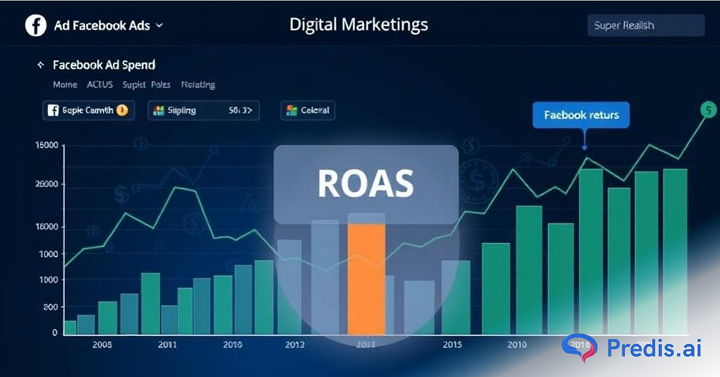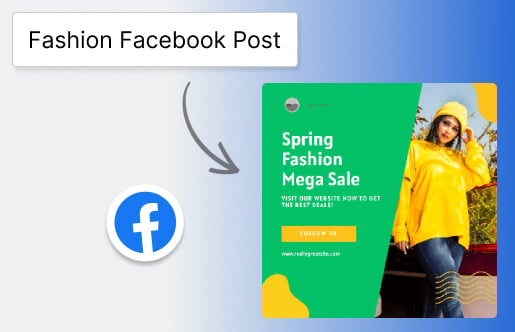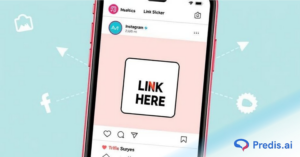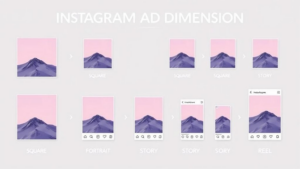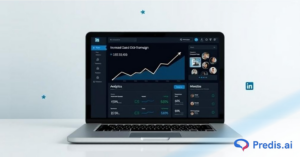Return on Ad Spend (ROAS) is a crucial metric used in evaluating the effectiveness of digital advertising campaigns.
Specifically, it quantifies the dollar value returned for every dollar spent on advertising. Knowing ROAS for a Facebook ad is crucial because it directly speaks to how well your ad campaign has made money.
In the world of Facebook marketing, a good ROAS is desirable and essential. The platform’s extensive reach and sophisticated targeting options mean that a well-optimized ad campaign can significantly amplify your marketing investment.
Proper handling of spending on Facebook ads brings about direct bottom-line benefits and rich customer insight into preferences and behaviors applied in broader marketing strategies.
Understanding ROAS Calculation
ROAS is a relatively simple equation, but the value of this measurement is pretty critical regarding how profitable Facebook ads might be.
The formula is pretty simple: ROAS = Revenue Generated from Ads / Cost of Ads. This is going to let you know the amount you will be earning in dollars for every dollar that you spend on advertisements.
For a more realistic scenario, if you spend $5,000 on Facebook ads and generate $25,000 in sales, your ROAS would be $25,000 / $5,000 = 5. This means you receive $5 in revenue for every $1 spent, which is a strong return by industry standards.
Factors Influencing ROAS on Facebook
Achieving an optimal ROAS on Facebook isn’t solely about how much you spend. It’s deeply influenced by the following factors:
1. Ad Quality
High-quality ads with compelling visuals and clear, engaging messaging relate better with audiences. Ads with high relevance scores typically see an increase in ROAS compared to ads scored as less relevant.
Create high-quality, compelling Facebook ads with Predis.ai’s Facebook Ad Maker. Customize your visuals and messaging to the last detail, ensuring that your ads resonate with the audience like never before. As a result, you experience an ROAS like you’ve never seen.
2. Target Audience
It’s the specificity and precision through which you can target the most relevant audience. Broad or poorly defined audiences dilute ad effectiveness, resulting in reduced ROAS. Precision in targeting users based on detailed demographic, interest, and behavior data can drastically improve ad performance.
3. Seasonal Trends
Seasonal effects strongly impact advertising outcomes. For example, ROAS for most e-commerce businesses is always higher during the festive period due to increased shopping activities. Planning ad spend around these peaks is crucial.
4. Facebook’s Advertising Algorithms
Facebook’s algorithms favor ads that effectively engage users, allocating more impressions to them and potentially improving ROAS. So, regular optimizations through the performance metrics provided will lead to sustained improvements in ad efficacy.
By understanding and working on these factors, marketers can significantly enhance their ROAS for Facebook ads.
Industry Benchmarks for Facebook ROAS
ROAS for Facebook ads varies significantly across different industries on Facebook, reflecting diverse consumer behaviors and advertising effectiveness. For instance, the e-commerce sector often sees a higher ROAS due to direct online purchase capabilities. In contrast, industries like automotive or higher education, which typically have longer sales cycles, may report a lower ROAS.
These variations are largely due to the differences in customer journey complexities, product types, and sales cycles. A higher education institution might not see immediate returns as its prospects take longer to decide, impacting the immediacy of its ROAS. Meanwhile, online retailers benefit from impulse buys and straightforward transactional behaviors, enhancing their ROAS potential.
These are industry-specific dynamics, and so the approach will not be generalized. Rather, the ROAS targets will have to be set. You will be able to determine how your developed strategies stand up if you evaluate how your specific ROAS compares with industry standards.
Strategies to Improve Facebook ROAS
ROAS on Facebook requires a multifaceted approach tailored to your unique business needs.
Here are three proven strategies that can significantly enhance your Facebook ad performance:
1. A/B Testing
One effective strategy to enhance ROAS for Facebook ads is A/B testing, which involves continuously testing different ad elements to discover what maximizes conversions and efficiency. For instance, ClimaterPro is a window tint specialist.
They collaborated with marketing experts to undertake a rigorous A/B testing campaign. Their goal was to determine the most effective combination of ad creatives, copy, and audience targeting. The results were striking: ClimatePro’s focused approach led to a 686% increase in conversions and an 82% decrease in cost per acquisition.
2. Audience Refinement
Narrowing your target audience can drastically improve your ad efficiency. For example, FitTech Co.’s Facebook campaign for their fitness app is a standout example of audience refinement.
They targeted fitness enthusiasts, using a dynamic ad that featured a high-intensity workout image and concise copy emphasizing features like personalized plans and progress tracking.
This targeted approach significantly boosted engagement and conversions, demonstrating the power of aligning ad content with the specific interests of the audience, thereby enhancing ROAS effectively.
3. Creative Optimization
Using high-quality, engaging ad creatives is crucial. For instance, Sifted’s Facebook campaign showcased how effective creative optimization can be. By tailoring their ad visuals and copy to emphasize their variety of items and contact-free delivery options, they achieved a 5,100% increase in conversions and a 4,232% rise in revenue.
The strategic fine-tuning of targeting and creative elements led to a 972% boost in conversion rates and an 8,000% increase in ROAS, demonstrating the power of aligning ads with current consumer needs.
Use Predis.ai’s Facebook Ad Maker to effortlessly design high-quality, compelling ads. This way, create visually appealing and highly effective ads that resonate with your target audience.
Adapting and Optimizing: The Cycle of ROAS Evaluation
Successfully managing Facebook ad campaigns requires a dynamic approach to measuring and adjusting ROAS.
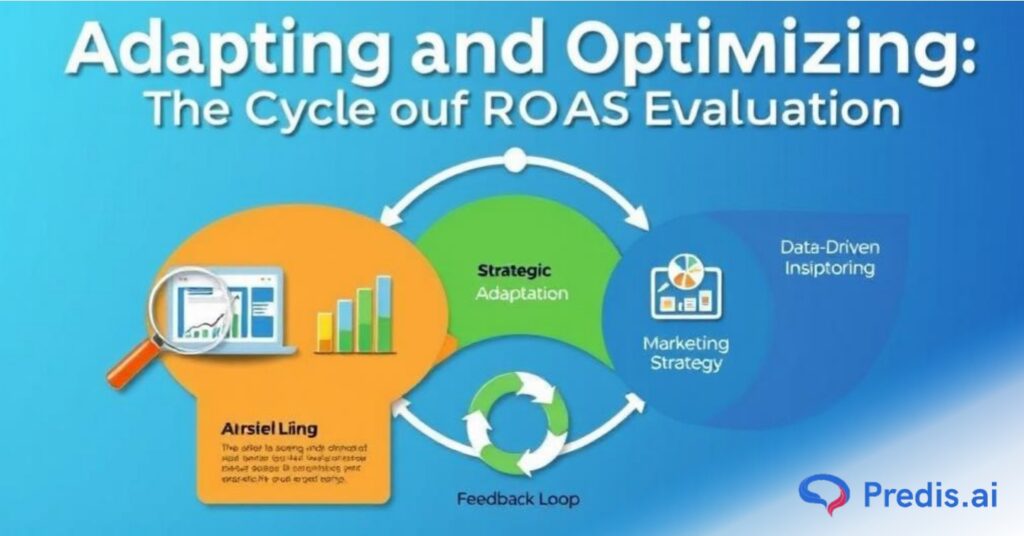
Here’s how businesses can effectively navigate this cycle:
1. Continuous Monitoring
Regularly track your ad performance to identify trends and anomalies in ROAS. This involves a detailed analysis of metrics such as click-through rates, conversion rates, and overall spending.
2. Data-Driven Insights
Utilize analytics to understand how different elements of your campaigns contribute to financial outcomes. Pinpoint which ads, audiences, or creatives are driving the best returns and which need adjustment.
3. Strategic Adaptation
Respond to shifts in market conditions and consumer behavior. For example, if analysis shows a drop in ROAS during economic downturns, adjust your messaging to focus on value and relevance, catering to more budget-conscious consumers.
4. Feedback Loop
Incorporate feedback from campaign performance to continuously refine your advertising goals. Adjust budgets, tweak target ROAS figures, and realign campaigns to ensure they remain effective and efficient.
For example, DARTdrones collaborated with marketing experts to enhance their PPC campaigns through strategic adaptations, including account restructuring, geo-targeted campaigns, and single keyword ad groups.
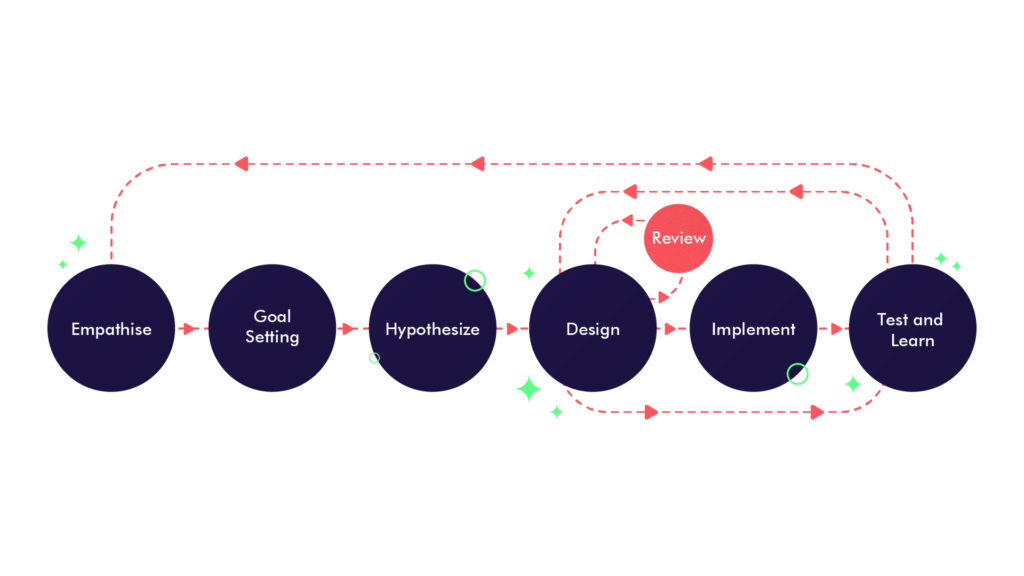
Final Words
Achieving a good ROAS for Facebook ads depends on several factors, including ad quality, precise audience targeting, and adaptive strategies that respond to market trends.
By consistently applying these insights and measuring their impact, businesses can expect to enhance their advertising effectiveness and maximize returns. Remember, a ROAS that surpasses industry benchmarks is indicative of a successful Facebook ad campaign.
Use Predis.ai Social Media Ad Copy Generator to create compelling and customized ad copy that resonates with your audience, enhances engagement, and drives higher ROAS.
Related Content,


